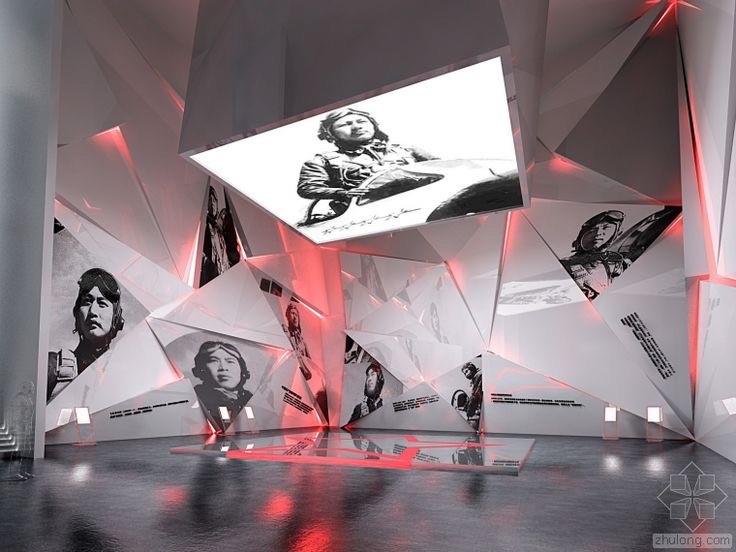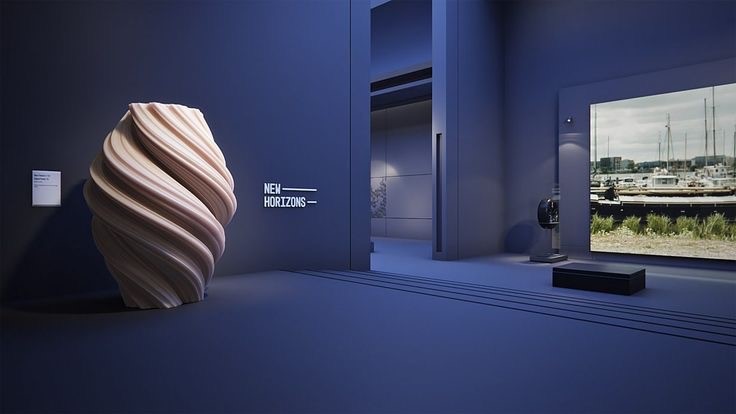In an era where technology is swiftly reshaping various aspects of our lives, the realm of art is not exempt from its embrace. Once known for their physical structures housing artworks, traditional art galleries are now entering the virtual domain with the rise of virtual exhibitions and digital curation. This transformation is changing the way we engage with art, making it more accessible, and challenging the traditional notions of space and time in the art world.
Virtual exhibitions are ushering in a new era in the presentation and consumption of art. These digital spaces allow artists to showcase their work to a global audience, free of the constraints of physical locations. Attendees are liberated from geographical constraints, able to navigate artworks from around the world without leaving their homes. This resurrected accessibility is reviving the art world, boosting its inclusivity and diversity by building links between artists and admirers from diverse backgrounds.

Another important aspect of this paradigm shift is digital curation. Currently, curators are using technology to show and curate artworks in unique and creative ways. Within the digital space, the traditional approach of hanging artwork on walls is experiencing a metamorphosis. Curators have the power to alter the environment in which an artwork is displayed, including the background, lighting, and even the general atmosphere. This increases the observer’s sensory experience. The capacity to create custom, immersive environments for artworks amplifies the narrative power and emotional resonance that are already there in each unique work.
However, within these advancements, there lies both opportunities and challenges. The digital transformation of art raises inquiries into the authenticity and essence of physical artworks. The tangible and sensory aspects of personally experiencing art hold an unmatched significance. While virtual exhibitions provide convenience, they fall short of replicating the profound encounter of standing before a masterpiece and sensing its presence. Furthermore, concerns about copyright violations and unauthorised replication of digital artworks bring about legal and ethical considerations that the art world must confront as this digital transition progresses.

However, there is no denying the benefits of digital curating and virtual displays. The combination of art with augmented reality (AR) and virtual reality (VR) is one of the most exciting possibilities. These technologies have the power to take spectators into completely new realms, enabling them to interact with artworks in ways that were previously unimaginable. Imagine browsing a virtual gallery before entering an artwork to experience its world from within. It is possible that the fusion of art and technology may redefine creativity and push the boundaries of artistic expression.
The digital landscape opens up new possibilities for artists. Among the numerous possibilities are interactive installations, collaborative multimedia projects, and immersive storytelling. Artists have the opportunity to investigate the dynamic interplay between traditional and digital mediums, bringing fresh life into their works. Furthermore, the digital realm provides significant data into audience participation and preferences, allowing artists to perfect their skills in real time.
A perfect balance between the virtual and the tangible must be achieved as the art world welcomes this digital transformation. The future is probably going to involve traditional galleries and virtual shows coexisting. Physical galleries provide a special environment for establishing relationships, hosting events focused on art, and hosting the visceral interactions that art lovers like. At the same time, virtual exhibitions broaden the audience and impact of works of art, democratising it and expanding its sphere of influence.

Without a doubt, digital curation and virtual exhibitions are entwined with the future of art galleries. This paradigm shift questions accepted conventions, widens the range of people who can access art, and reimagines the relationship between curators, artists, and their audiences. Technology offers endless opportunities for creativity, despite continuing, valid concerns about authenticity and copyright. It is crucial to preserve the fundamental qualities of art while embracing the digital tools that increase its impact in a world that is becoming more and more interconnected as we traverse this always changing landscape.
Sources
- https://godreamcast.com/blog/solution/virtual-event/virtual-exhibition/?amp#
- https://nodecenter.net/course/curating-virtual-exhibitions
- https://museum-hub.org/virtual-exhibitions-technical-workshop-2/
- https://www.smithgroup.com/perspectives/2023/how-museums-utilize-virtual-reality-to-attract-more-visitors-and-increase-revenue#:~:text=Through%20their%20VR%20headsets%2C%20museum,greatly%20enhancing%20the%20visitor%20experience.
- https://3d-ace.com/blog/virtual-museum/#:~:text=The%20virtual%20museum%20concept%20gives,make%20more%20people’s%20lives%20better.




